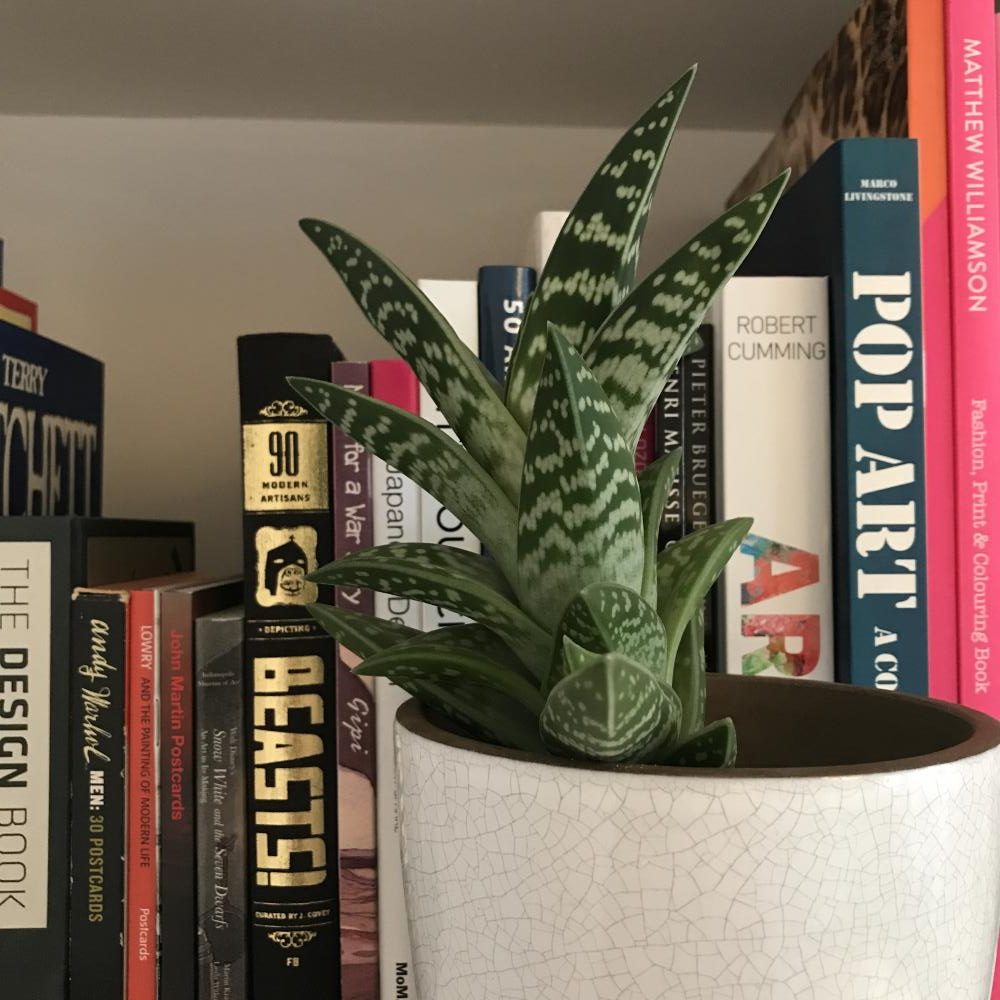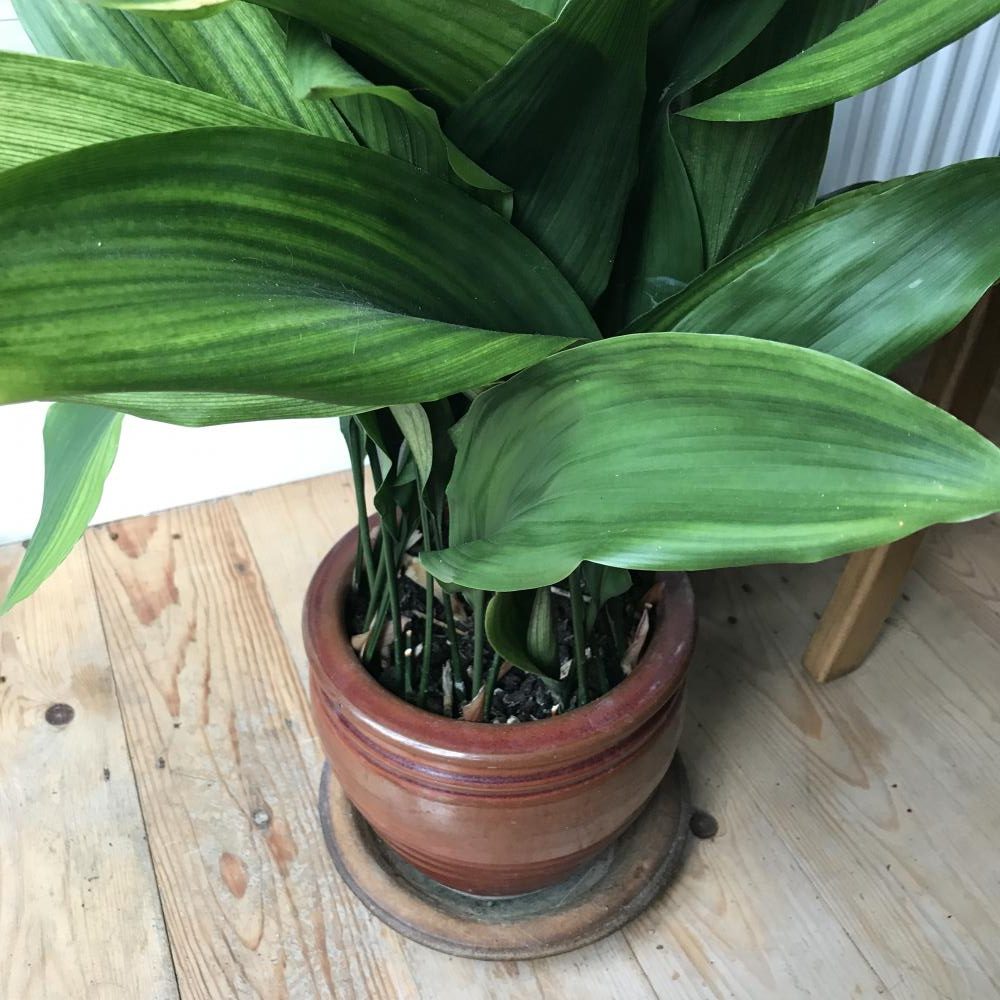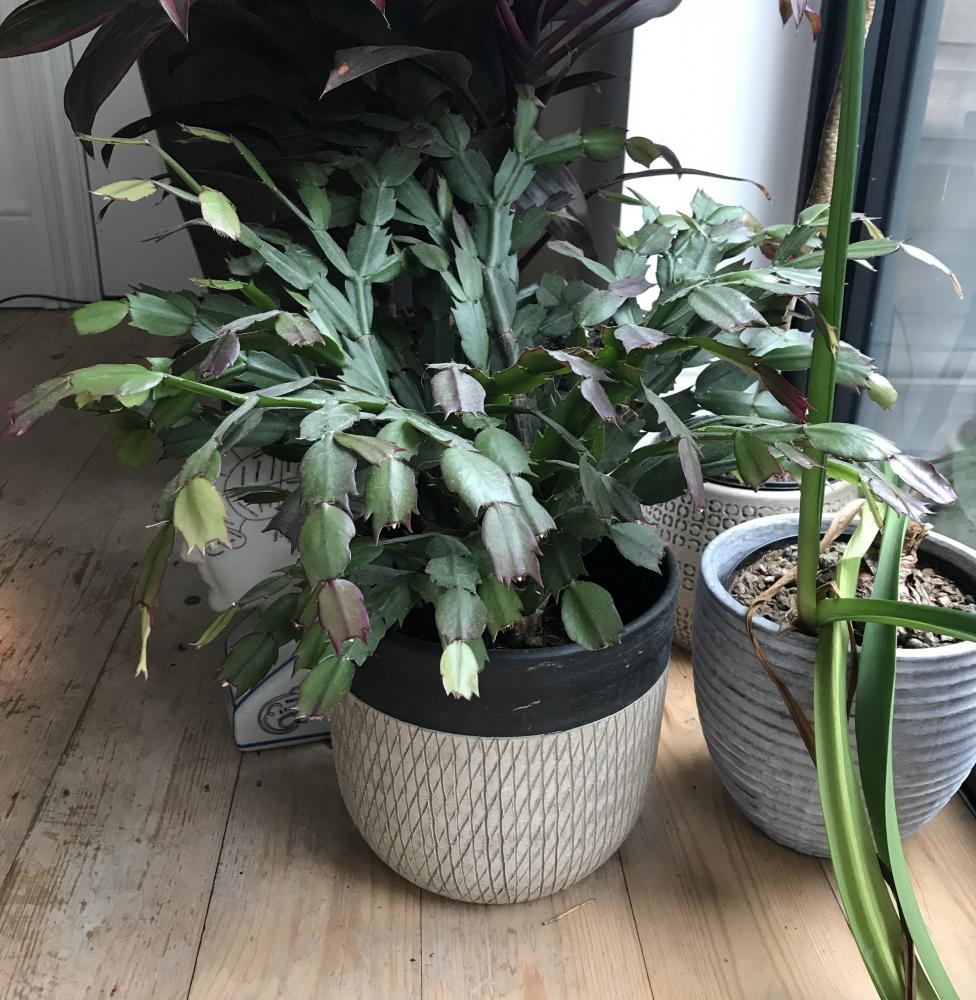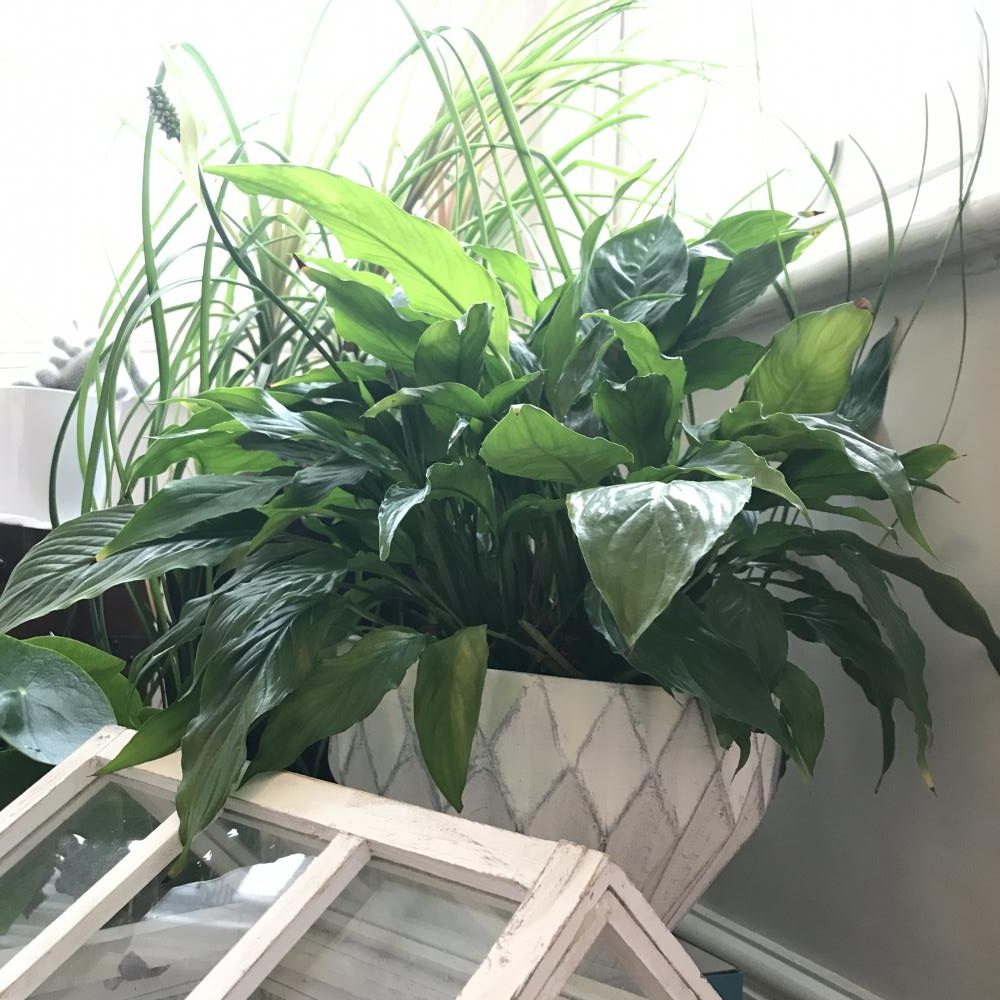Forget the fancy house plants you keep spotting on Instagram. You know the ones, stylish Pilea, funky Peperomias, velvety Echeverias… Yeah, those ones. I love them too but let’s spare a thought for the house plants of old, so overused in books, catalogues and by shops that people have turned a blind eye to them.
I wanted to take a moment to focus on these overly photographed plants and stick up for them. What I’ve learnt with the less, shall we say ‘exciting’ slow growing and impossible to kill plants, is that their real bounty is to be had over a longer period of time.
The joy and reward comes from caring for them properly that you end up with a mature specimen unique to you that brings vitality into your home. Tough plants, like the spider plant, are hard to kill but also take some care to keep looking top notch. Watering, feeding, light, repotting and snipping off dead leaves. It’s an art. But after six months of nothing most people wonder “why bother?” Wait one more year and their answer would come in the slow growing new leaf or clump of a horticultural tortoise happy in its environment.
Everyone has their favourite house plants, reflective of our own personalities. Below are some of my comfort plants, but what are yours?
1) Aloe variegata
[Kept alive for: 10 years in the 1990s, new plant owned for 2 years]
One of my favourite plants full stop, inside and out. The succulent darling of the 60s, 70s, 80s, 90s and however long either side of all that. I bought a new Aloe variegata from Craig’s House Cacti at RHS Wisley a couple of years ago which is growing nicely. However, I know this plant much more intimately having grown it as a child into a very large plant I took to university in the early noughties (it met its fate one day when the top heavy plant toppled off of a third floor windowsill). My new plant is really starting to fill out now and it won’t be long until it starts sending up its beautiful flowers.
2) Aspidistra elatior
[Kept alive for: 90 – 100 years approx]
This is a piece of my father’s Aspidistra elatior which was passed down to him through his family from his great grandmother. The plant was alive through both world wars, during most of its life living in North London before moving to Buckinghamshire and then Yorkshire. Now, a division is back here in Clapham, South London. The pleasure of Aspidistra is not that it’s tough as old boots, it’s in growing it to not just survive but look healthy, leafy and glowing green. Mine is in need of repotting and you can see the slight chlorosis as a result. However, it’s still very healthy and grows happily each year. No sign of its unusual ground level flowers yet though. I remember vividly my dad being extremely excited when it flowered twenty years ago. This really is a living antique, the darling of the Victorian era grown inside as one of the few plants to survive the industrial revolution pollution. Now, due to global warming we can even grow them outside in London!
3) Opuntia microdasys
[Kept alive for: 1 year]
Another one of my childhood wonder plants. I had tonnes of Opuntias as a child and particularly like O. microdasys, I had it in three or four different colours that all grew into large shrubs a number of feet high. Those plants are no more but I did buy the above plant from Spiderplant in Brighton (reliving my childhood, did someone say midlife crisis?!) They look cute as the small plants that you can tend to buy, the real pleasure however is in its multiple tiers as it grows from year to year. The trick is in giving enough light that the ‘ears’ stay as round as possible and not elongated.
4) Schlumbergera truncata
[Kept alive for: 5 years]
Ah, Christmas cactus. Puny little depressing things in plastic pots wrapped in cellophane. I never used to like them. My parents gave me this one years ago and I confess I begrudgingly grew this one on. I’m glad I did because I’ve grown to love it as it grew! Quite remarkable as plants really, they take such little care, mine is still in a tiny terracotta pot within that much larger pot above. You’re supposed to give them particular temperature conditions to get them to flower reliably, I never have intentionally and it’s always flowered in abundance. It’s not the flowers that I like the most though. As it grows it starts to form a woody trunk, turning this into the oddest looking bonsai and it arches gracefully. In the summer, the new stem / leaf segments are as interesting as the winter flowers.
5) Spathyphillum wallisii
[Kept alive for: 10 years]
Even I’m pushing my own limits by claiming Peace lilies are more interesting than they look. I call it Spathyphillum wallisii ‘Ikea’ because the Swedish shop is responsible for making and breaking this plant. Indeed, this very plant came from the far reached exotic lands of Croydon Ikea. When in full flower it is a remarkable sight with its glowing spathes. The reason I love it is because an established and healthy large plant, with glossy leaves and 5 – 10 flowers is incomparable in its grace and freshness. I say this having never reached this point yet. I came close once but divided the plant up to reduce it rather than pot up. This was worthwhile as the plant became vigorous again but really, with peace lilies you do need the additional size for the full display.
6) Tillandsia cyanea
[Kept alive for: 5 years at least]
Always bought as small, single plants in flower this one at first looks like it has the potential to be the most boring house plant of all. Once its incredible shocking pink bract and purple flowers are over (usually only after a month) you’re left with a spray of plain green leaves that are unlikely to flower again for three years. A bit like a more rigid plastic indoor grass. Boring, right? WRONG. Over time, mine has divided into a clump of three plants with more babies on the way beneath. I haven’t divided mine, I’m allowing it to bulk up. This has changed it from something plastic looking into an interesting clump that subtley changes colour in the summer to a darker purple, then green again in winter. Not only do I now think this is one of the best architectural plants in the house, imagine the next time it flowers! No one you know will have a Tillandsia cynea with more than one flower – except perhaps the Royal Botanical Garden Edinburgh where I’ve seen a plant with over ten flowers at once.









